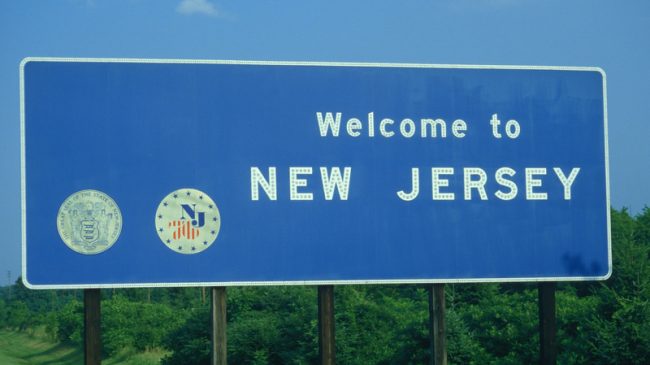In New Jersey the promises made about the benefits of universal preschool in the Abbott districts have reached unparalleled heights. Recently, Record Columnist Mary Ellen Schoonmaker explained why preschool is “a new front in the nation’s war on poverty.”
Yet, in the United States preschool enrollment has increased from 16 to 70 percent since 1965. This massive growth in preschool attendance and time spent in the classroom has not resulted in increased student achievement, with U.S. test scores rising only very slightly since 1970 when standardized national testing of fourth-, eighth- and 12th- graders began on the National Assessment of Education Progress.
A vast majority of research on the benefits of preschool shows that disadvantaged children who attend preschool are more prepared for kindergarten than non-preschoolers. However, these early advantages often fade away as the children move through school.
New Jersey is no exception.
Despite the most recent report from the National Institute for Early Education Research that children who went through the Abbott preschool program do better in kindergarten, current academic achievement for third- and fourth-graders in the Abbott districts remains flat or declining. These findings are consistent with a large body of research that shows preschool helps disadvantaged children in the early grades, but that the advantages diminish as the children move through the public school system.
The data from New Jersey standardized tests and NAEP show that, to date, large investments in Abbott districts, and in preschool in particular, have had little effect on the overall performance of New Jersey students.
An analysis of test scores for each Abbott district at Greatschools.net examining results from the state’s ASK language arts test between 2005 and 2006 show scores are flat or declining for third- and fourth-graders. In third grade, 20 of the 31 Abbott districts have lower proficiency rates in language arts in 2006 than in 2005.
This trend is worse in fourth grade — with 28 of the 31 Abbott districts having lower proficiency rates on the fourth-grade language arts ASK test in 2006 than in 2005.
For example, in Passaic, 60 percent of fourth- graders were proficient in language arts in 2005, but only 51 percent were proficient in 2006. In Paterson, 61 percent of fourth-graders were proficient on fourth-grade language arts in 2005, and only 53 percent were proficient in 2006.
Similarly, the NAEP, considered the federal benchmark and nation’s report card for student achievement, shows flat or declining scores for New Jersey students. In fact more New Jersey children score below basic (which means they cannot read) on the NAEP fourth-grade reading test in 2005 than in 2003 or 1992.
The percentage of fourth-grade students in New Jersey proficient or higher was 39 percent in 2003 and 37 percent in 2005. In 1992, 31 percent of all students scored below basic in New Jersey and by 2005 32 percent of all fourth graders scored below basic in reading.
However, the news is worse for low-income New Jersey children who qualify for the free- and reduced-lunch program. A higher percentage of the very children who should have seen some improvement from the various investments in the Abbott districts are scoring below basic.
In the case of disadvantaged students who qualify for the free lunch program, 52 percent scored below basic in 1992, 54 percent scored below basic in 2003, and 55 percent scored below basic in 2005 in fourth-grade reading.
Preschool advocates need a reality check. They are making huge promises about future long-term benefits for preschool and calling for ever larger public investments in early education. The history and uneven quality of kindergarten, Head Start, and the public schools call into question the claims that large-scale education for 3- and 4-year-olds will be the great equalizer.
This doesn’t mean that preschool has no value, but it is hardly a stellar outcome from an $11,000-per-child investment or much of a surge in the “war on poverty.”

